Over the years, Canada and the U.S. have shared one of the world’s most significant trade relationships. However, in recent times, rising tariff pressures from the U.S. have created uncertainty, particularly in industries such as steel, aluminum, agriculture, and technology. While such barriers could have spelled trouble, many Canadian cities have found ways to thrive, turning challenges into opportunities through innovation, economic diversification, and strategic partnerships.
Following are the 21 cities that are thriving despite U.S. tariff pressure.
Toronto, Ontario
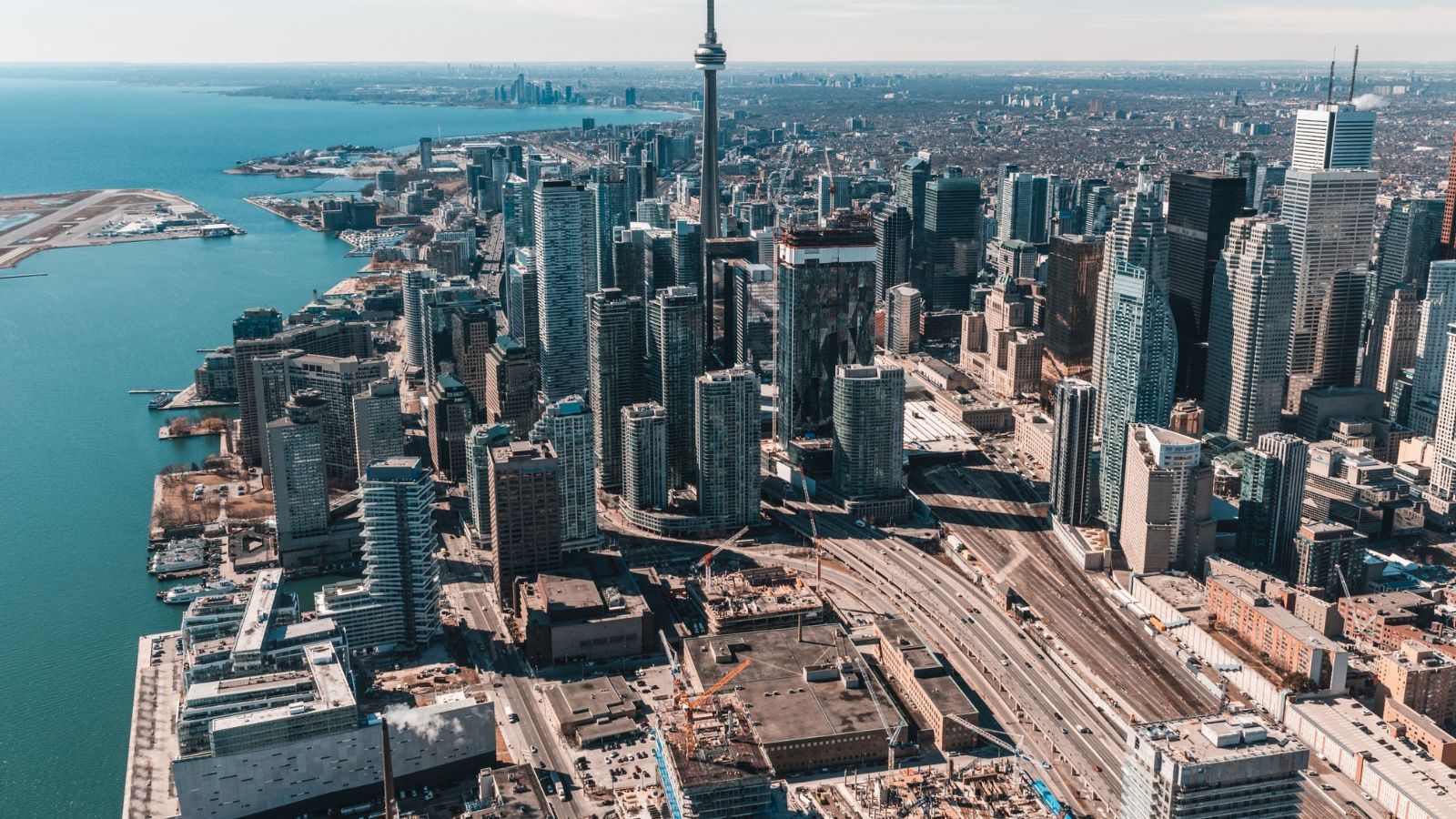
Toronto’s economy is one of the most resilient in Canada, and tariffs haven’t slowed it down. With a robust financial sector, a thriving tech industry, and a booming real estate market, Toronto remains a magnet for investment. Major companies, including Shopify, Google, and Microsoft, continue expanding their presence here, while the city’s vibrant cultural scene adds to its appeal.
Vancouver, British Columbia
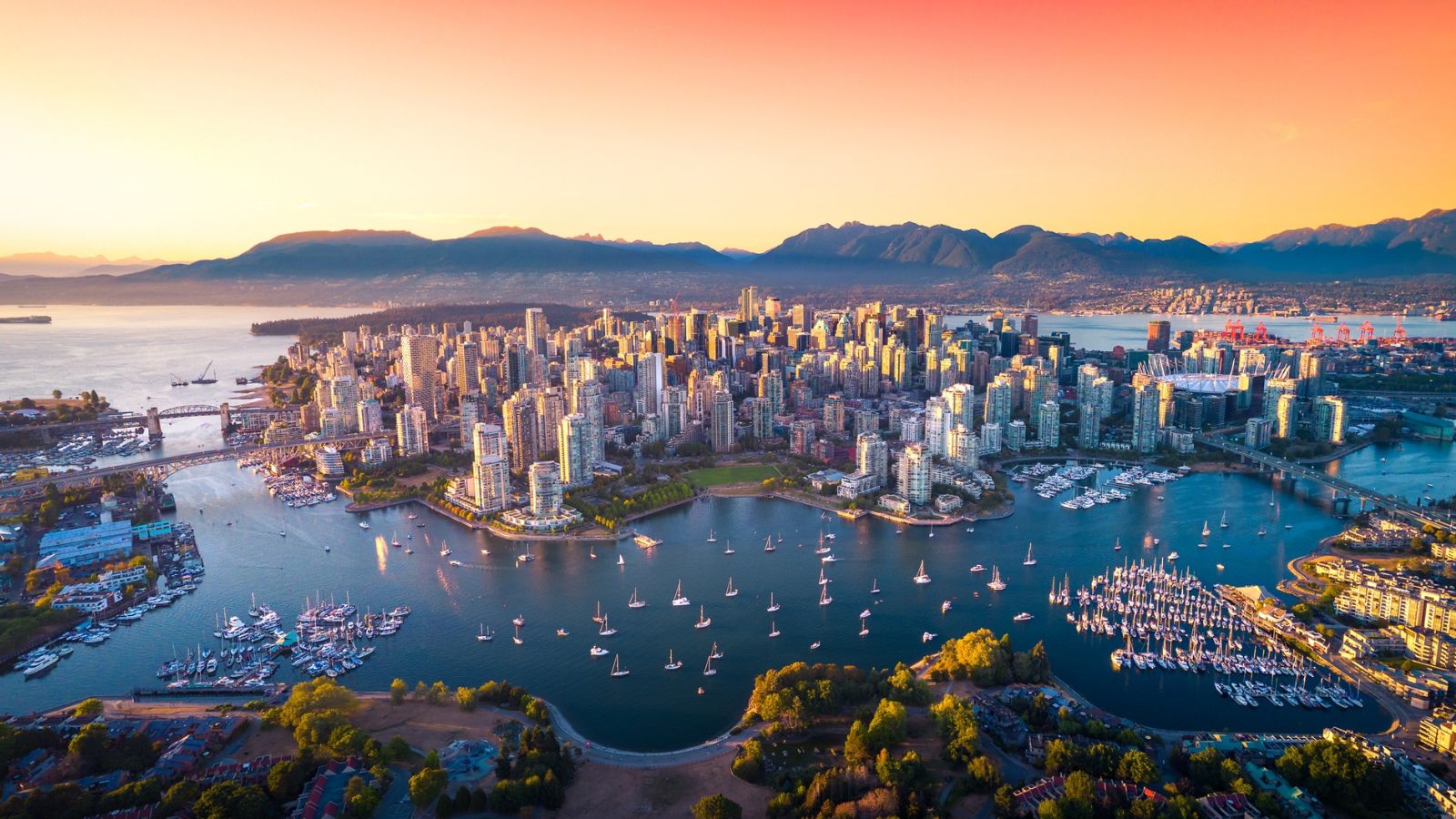
Vancouver has something that many cities don’t—an ideal location for global trade. Instead of depending on the U.S., Vancouver has strengthened economic ties with Asia and Europe. Its thriving film industry, booming tech sector, and commitment to clean energy make it one of Canada’s most future-ready cities.
Montreal, Quebec
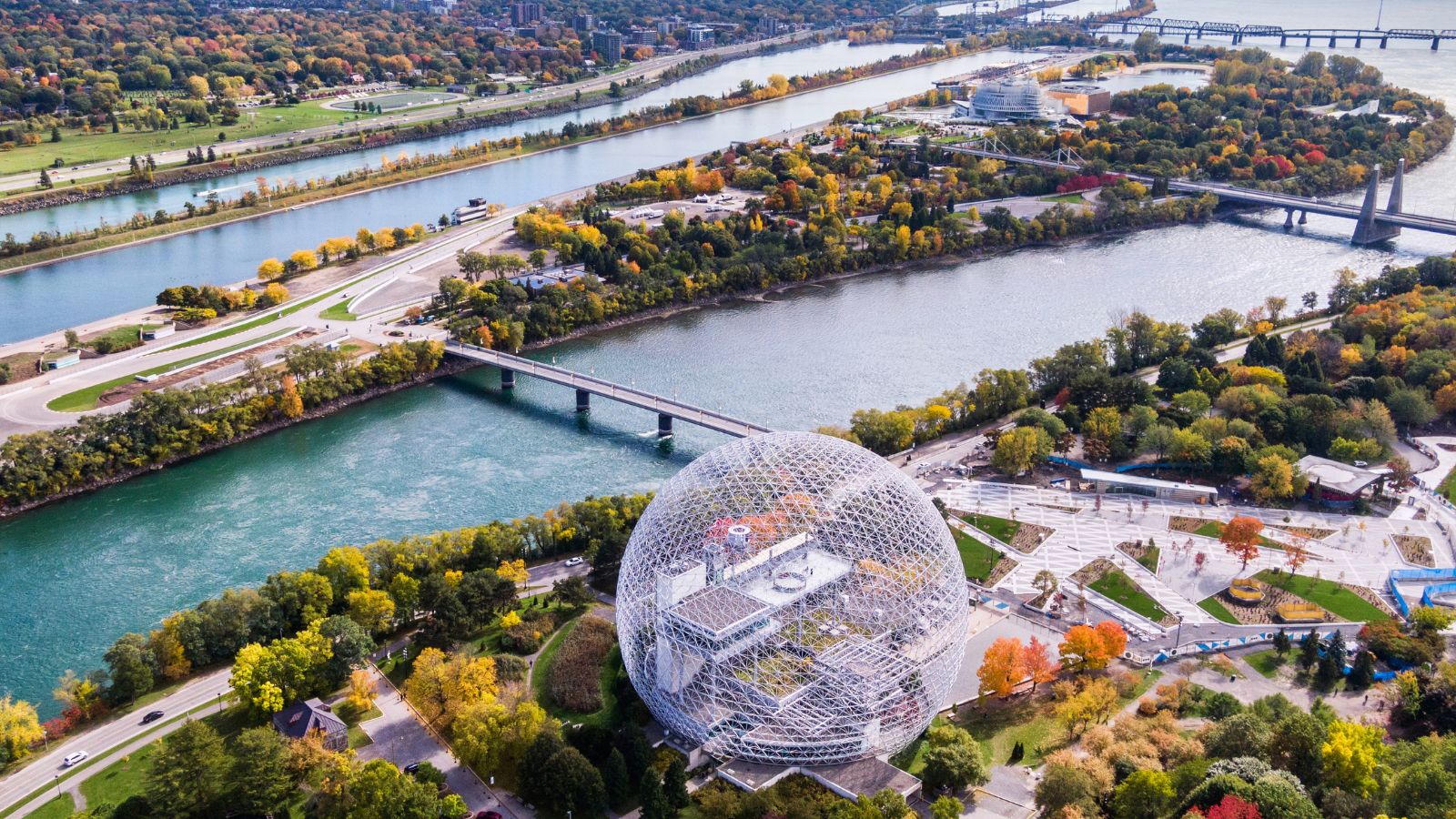
Montreal has become a global hub for artificial intelligence (AI), attracting companies such as Google, Facebook, and DeepMind. Meanwhile, its aerospace industry, led by Bombardier and Airbus, continues to thrive. The city’s bilingual workforce and world-class universities also make it a prime destination for research and innovation.
Calgary, Alberta
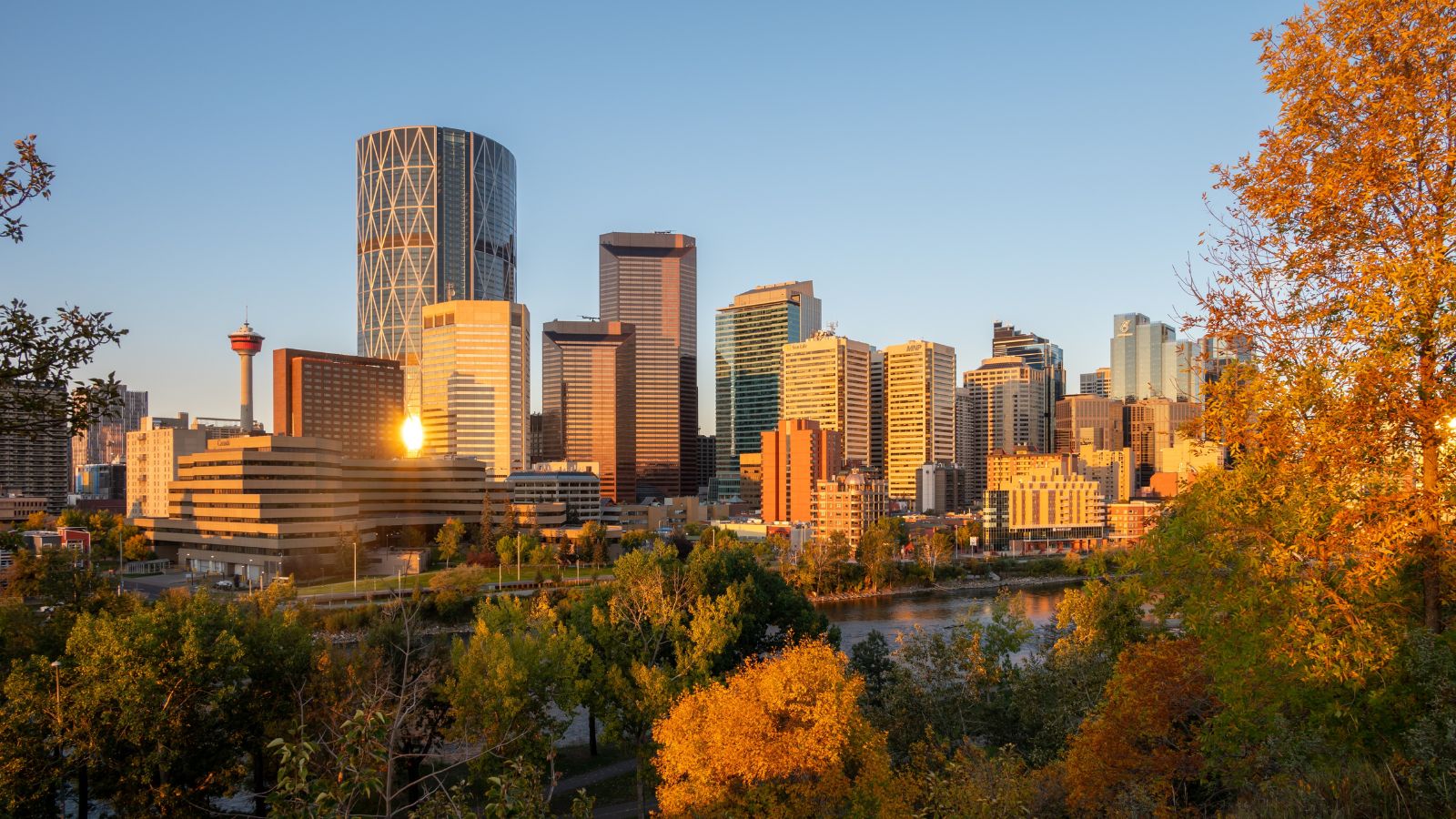
Calgary has long been known for its oil and gas sector, but the city has successfully diversified. Investments in renewable energy, tech startups, and financial services have helped create new economic opportunities. The city is also becoming a hub for green energy solutions, attracting companies focused on sustainability.
Edmonton, Alberta
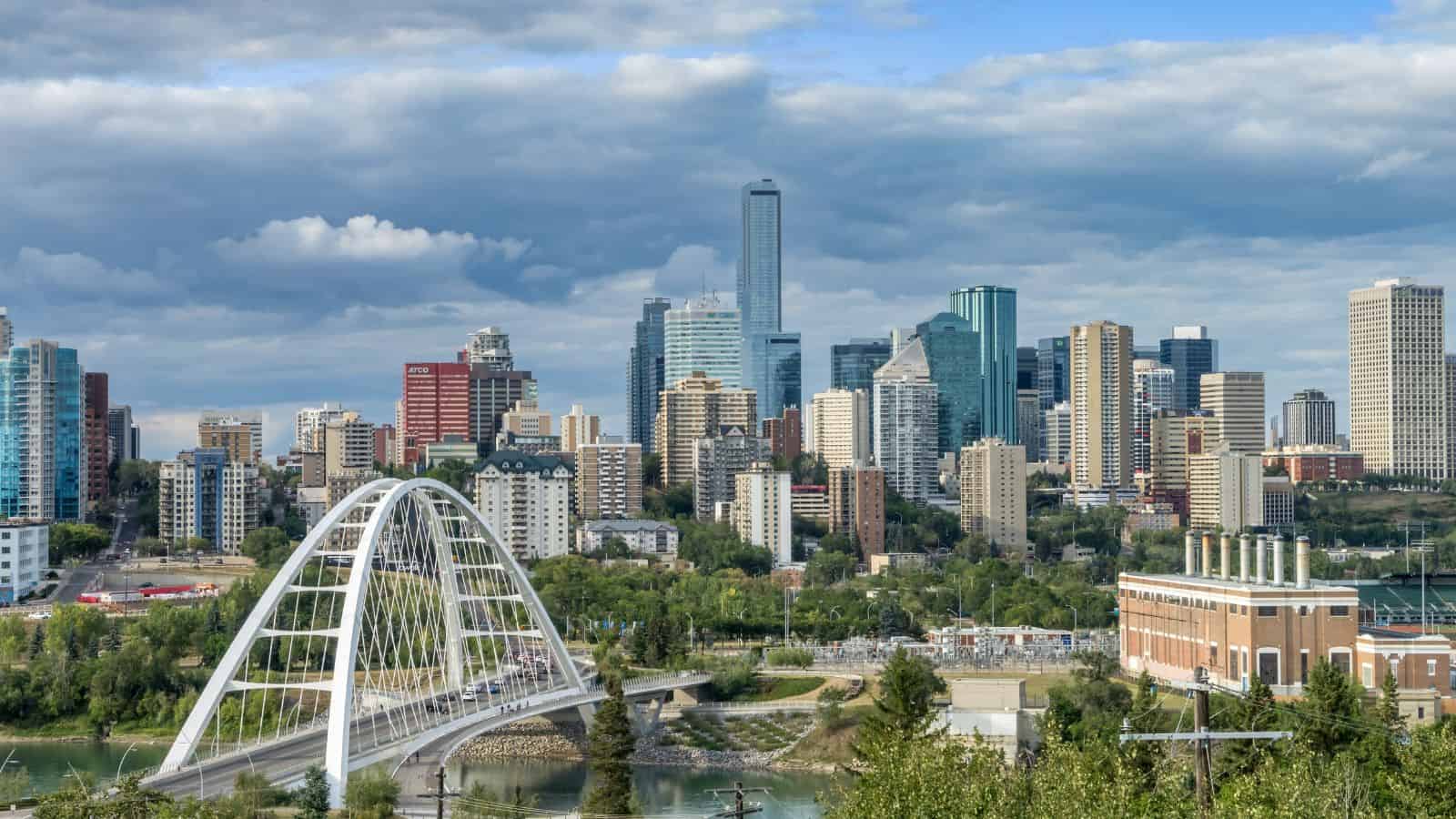
With the University of Alberta leading the way, Edmonton has become a hotspot for research in artificial intelligence, healthcare, and industrial innovation. The city is also investing in automation and technology, ensuring it remains competitive on a global scale.
Ottawa, Ontario
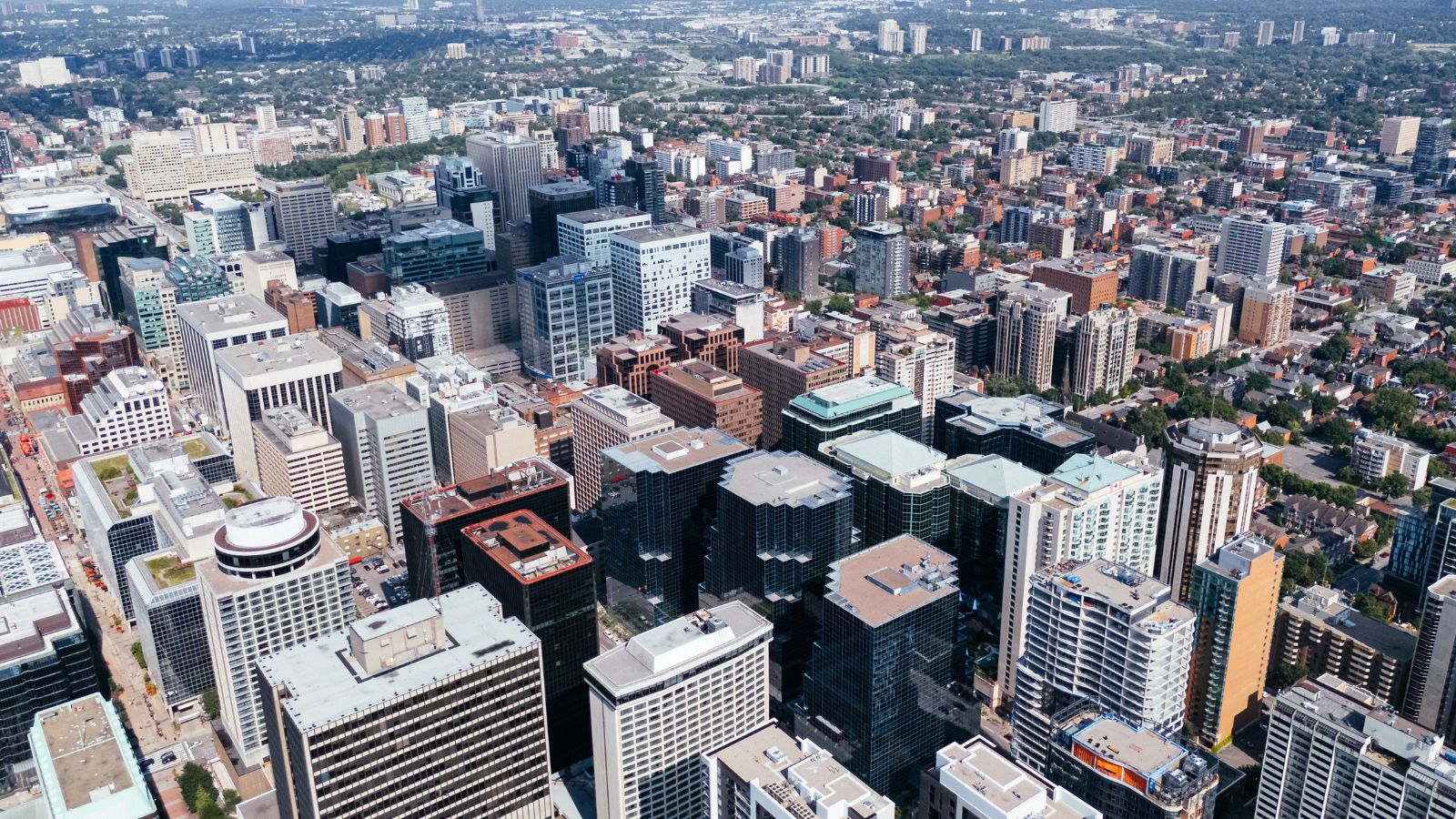
Canada’s capital isn’t just about politics—it’s a tech powerhouse in its own right. Companies like Shopify and Nokia have set up operations in Ottawa, helping the city establish itself as a leader in cybersecurity, defense technology, and telecommunications. The stable government sector further adds to its economic strength.
Winnipeg, Manitoba
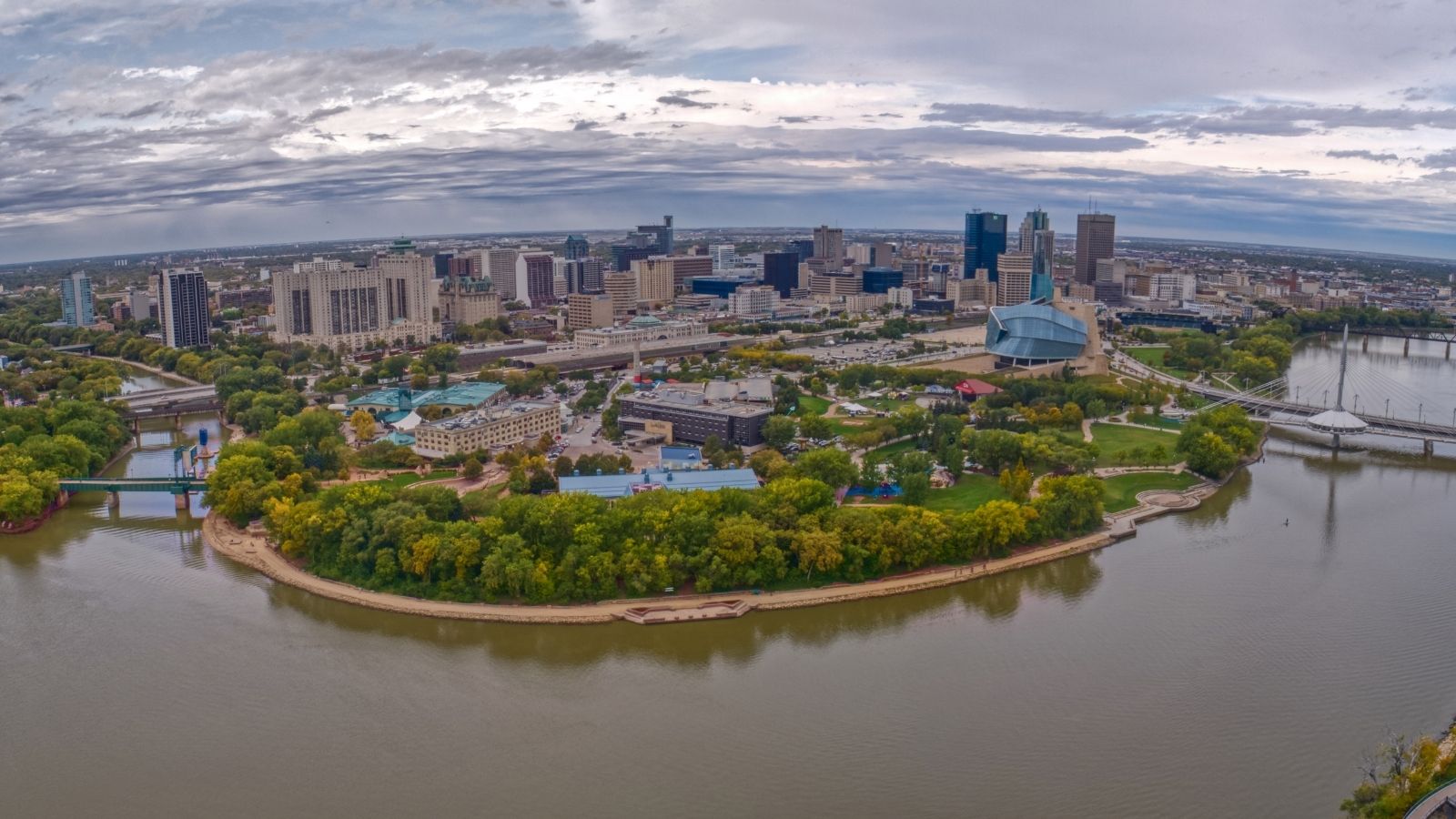
Winnipeg is one of Canada’s most important transportation and agricultural centers. With a strong food-processing industry and excellent logistics infrastructure, the city has remained resilient despite trade tensions. Its diverse economy helps it withstand economic fluctuations.
Halifax, Nova Scotia
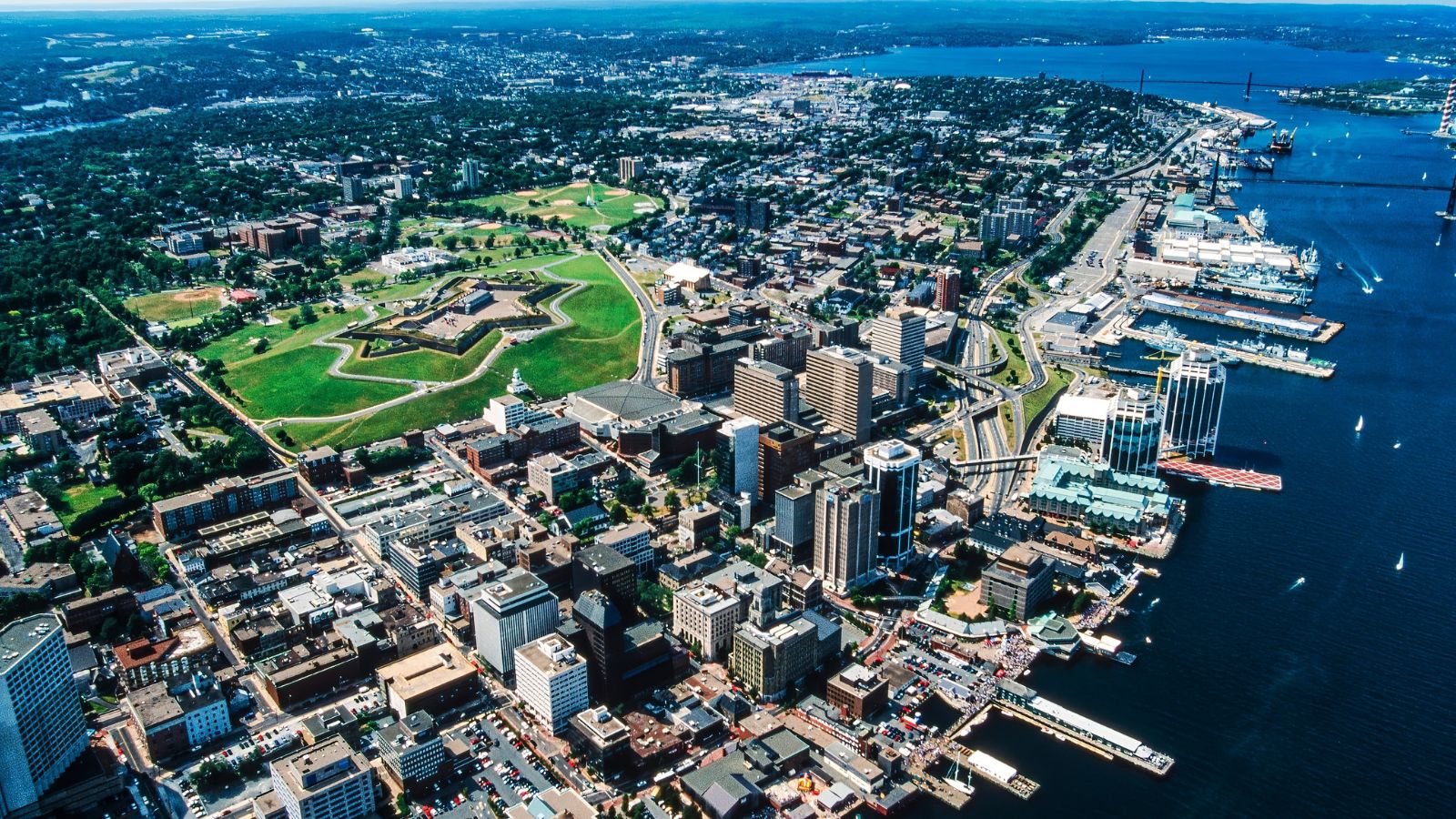
Halifax’s deep-water port connects Canada to Europe and beyond, making it a key trade hub. The city also benefits from a strong defense and shipbuilding industry, with government investments helping to fuel growth. Additionally, Halifax’s growing tech sector and tourism industry keep the economy buzzing.
Saskatoon, Saskatchewan
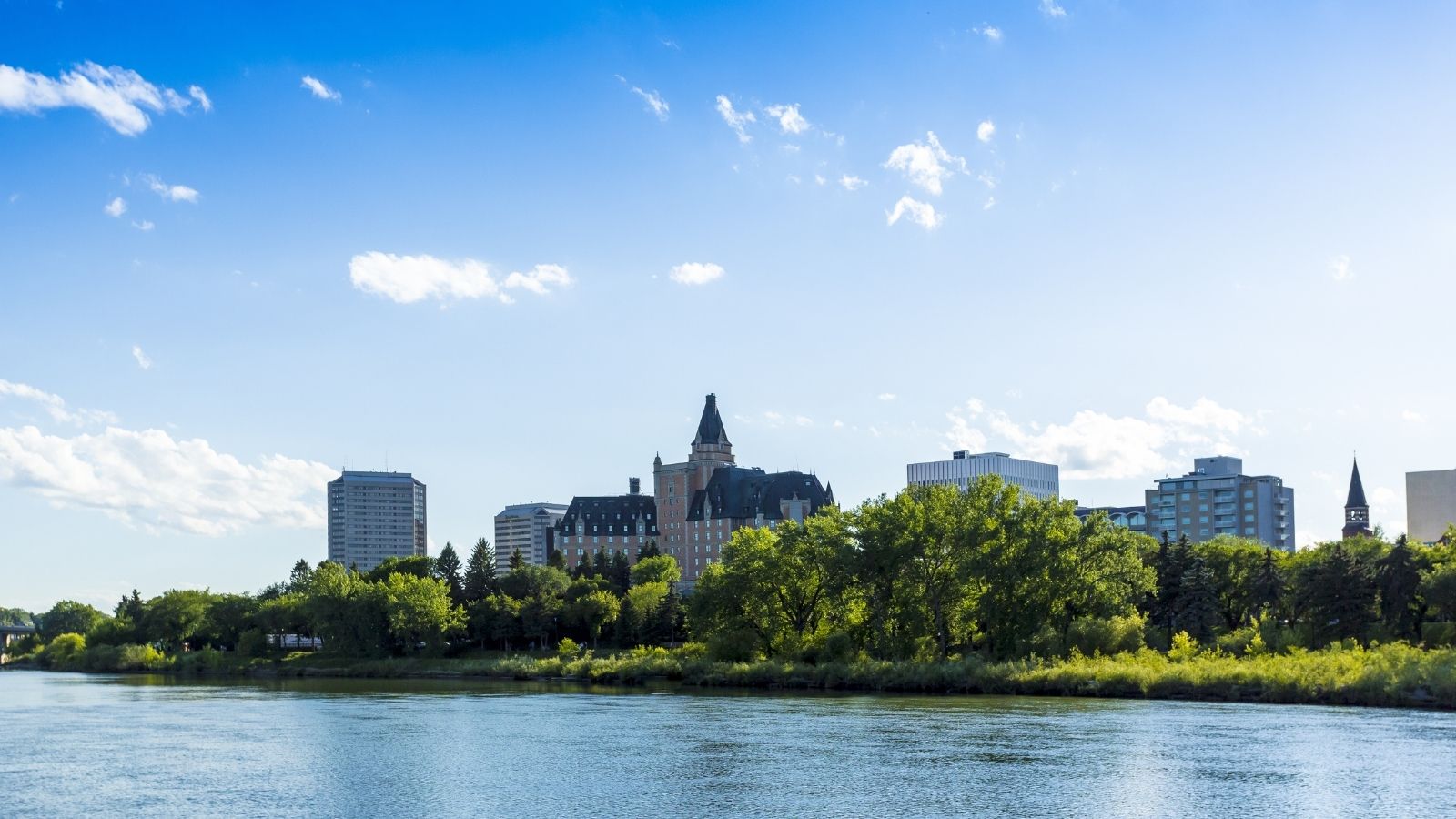
Saskatoon’s agricultural sector has remained strong despite trade barriers, largely due to new markets in Asia and Europe. The city is also a leader in potash mining, a resource essential for global food production. Its research institutions contribute to ongoing innovation in farming and sustainability.
Quebec City, Quebec

Quebec City is thriving, thanks to its pharmaceutical, biotechnology, and IT industries. Home to several major research institutions, the city has positioned itself as an innovation leader, attracting investment and high-skilled workers. Tourism also remains a strong pillar of the local economy.
Hamilton, Ontario
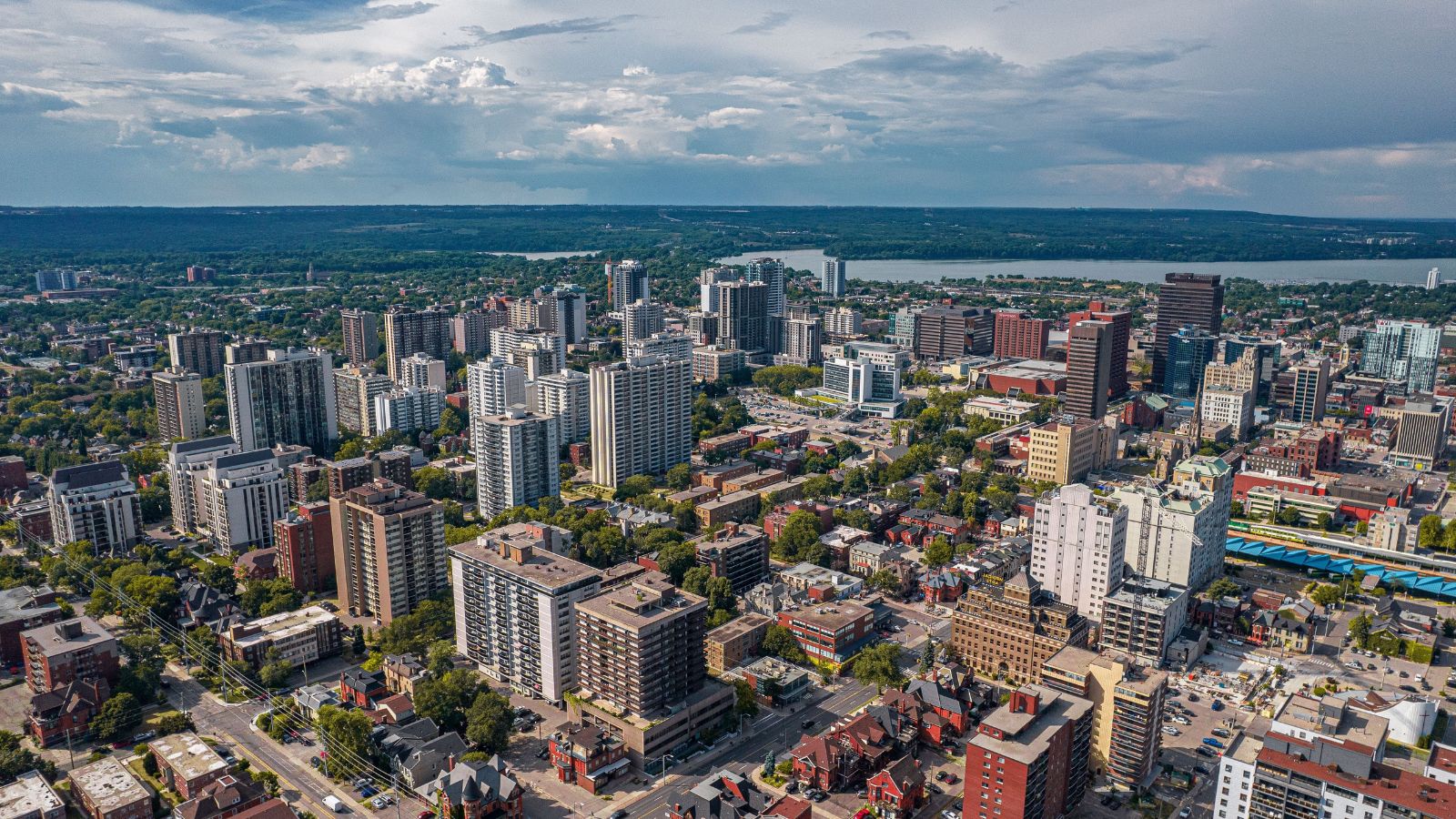
Hamilton was once known primarily for its steel industry, but today, it has transformed into a center for healthcare, research, and education. McMaster University plays a key role in the city’s economic resurgence, attracting talent and investment in life sciences and advanced manufacturing.
Kitchener-Waterloo, Ontario
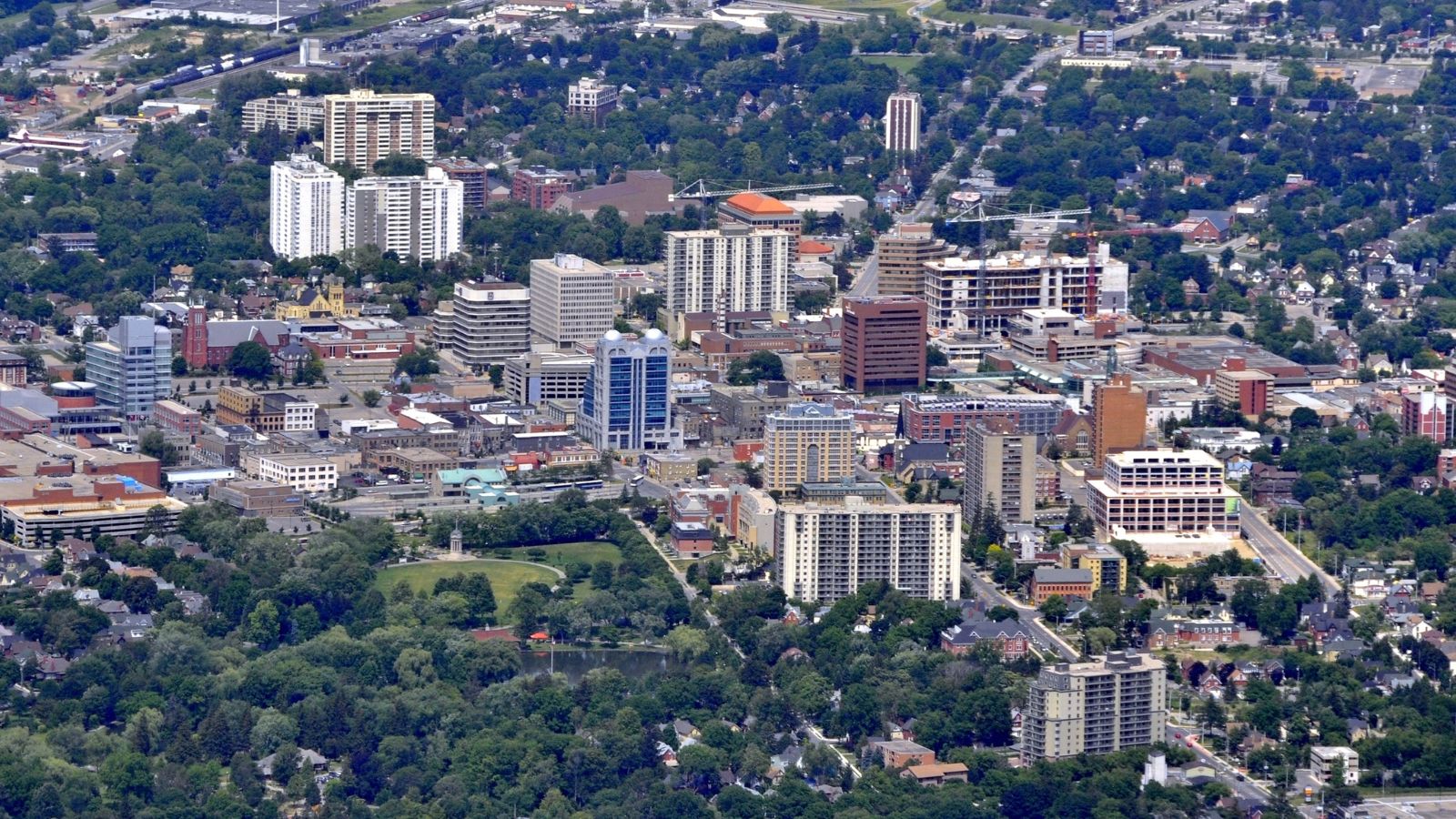
With a world-class university and a growing number of startups, Kitchener-Waterloo has become a major tech hub. Home to companies like OpenText and Google’s AI division, the city is attracting top talent and investment, making it one of Canada’s fastest-growing innovation centers.
London, Ontario
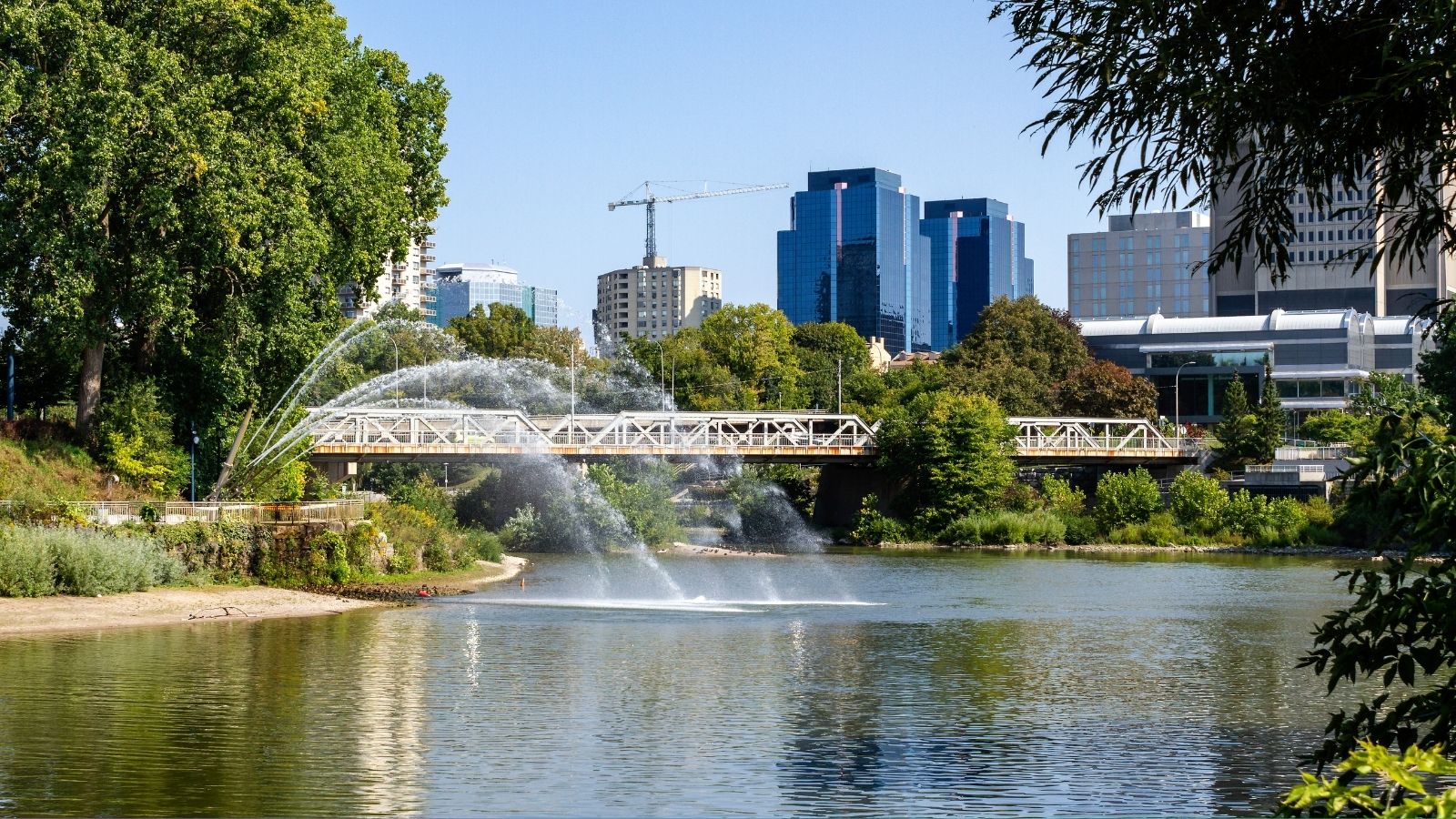
London is seeing major growth in healthcare and advanced manufacturing, with world-class hospitals and research facilities leading the way. These sectors have helped London remain economically strong despite global trade pressures.
Regina, Saskatchewan

Regina’s economy has traditionally been driven by oil and gas, but the city is now focusing on agribusiness. With its strong agricultural base and new value-added food production initiatives, Regina is expanding its global reach beyond the U.S.
Victoria, British Columbia

Victoria has long been known for its stunning scenery and tourism industry, but it’s also becoming a leader in clean energy and technology. The city’s strong government sector ensures stability, while its innovative businesses keep it growing.
St. John’s, Newfoundland and Labrador
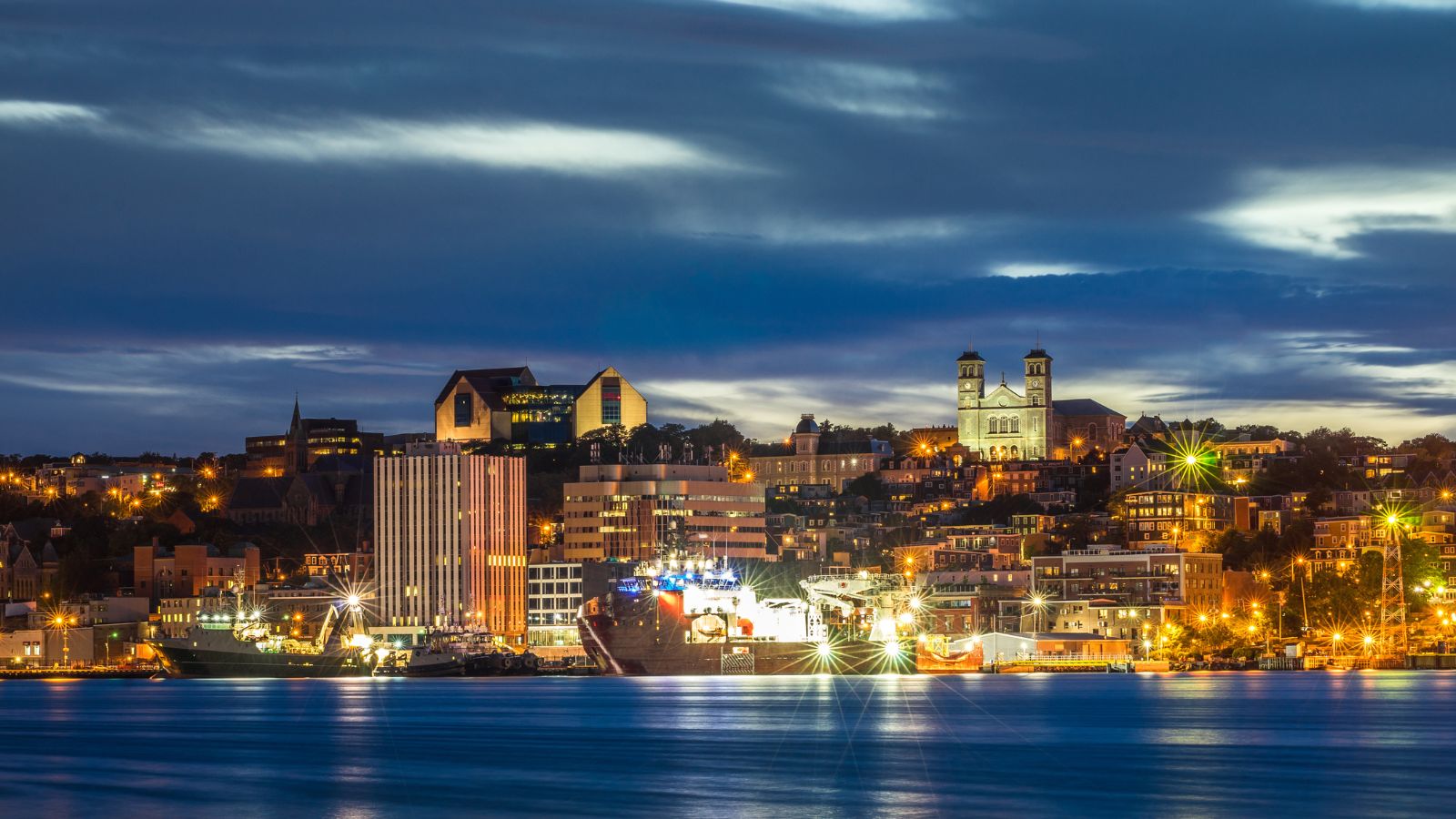
St. John’s continues to benefit from offshore oil projects, as well as a strong fishing industry. While the energy sector faces ups and downs, investments in tourism and new industries have helped stabilize the economy.
Kelowna, British Columbia

Kelowna is one of Canada’s fastest-growing cities, with its wine industry, tech startups, and booming real estate market driving growth. The city is also attracting remote workers and entrepreneurs looking for a high quality of life.
Charlottetown, Prince Edward Island
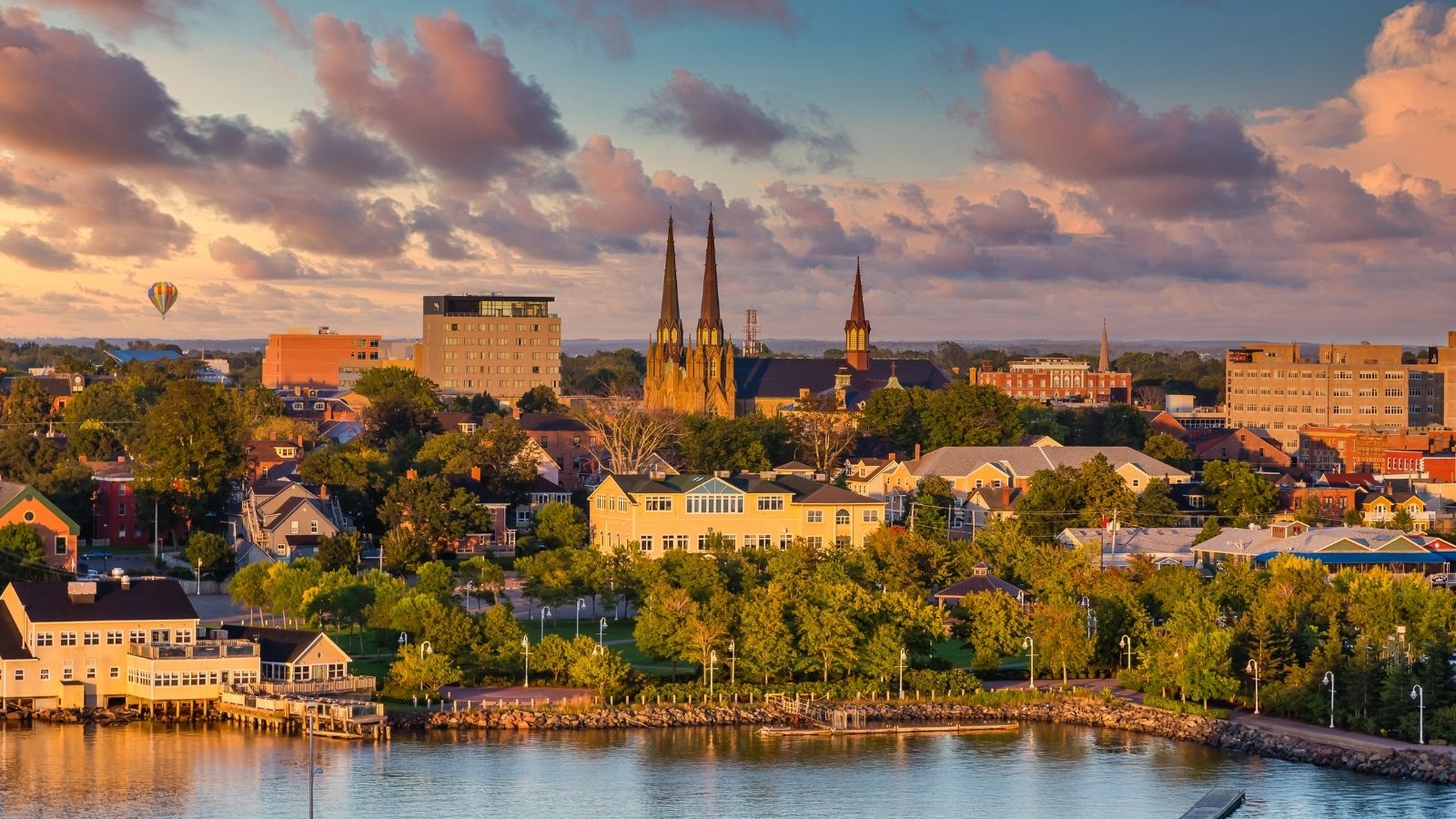
Charlottetown may be small, but its biosciences industry is making a big impact. The city’s focus on biotechnology, agriculture, and tourism has helped it thrive even in the face of global trade challenges.
Moncton, New Brunswick
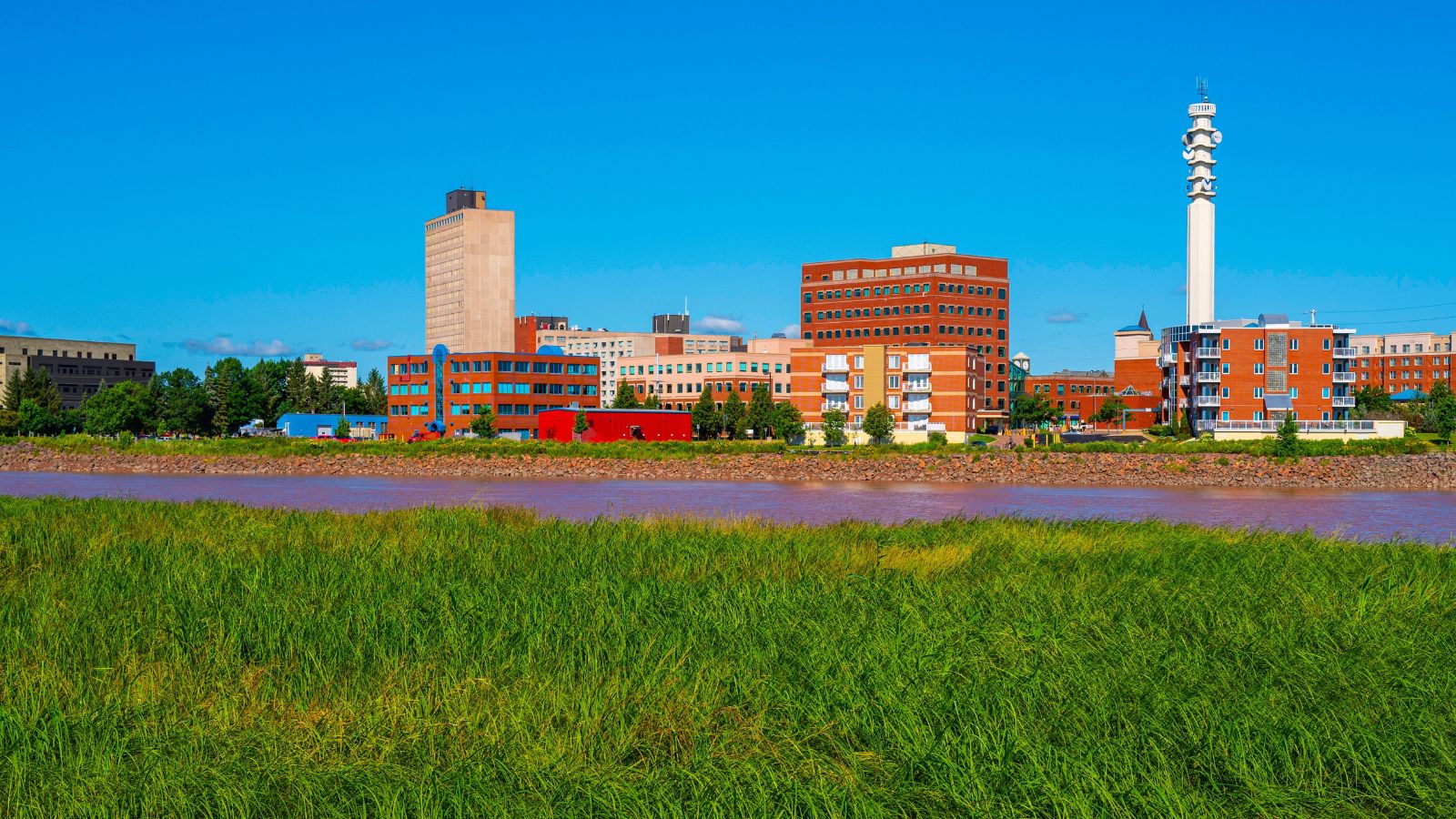
Moncton has emerged as a major hub for e-commerce, logistics, and customer service. With a bilingual workforce and a business-friendly environment, the city continues to attract major companies looking for a strategic North American base.
Thunder Bay, Ontario
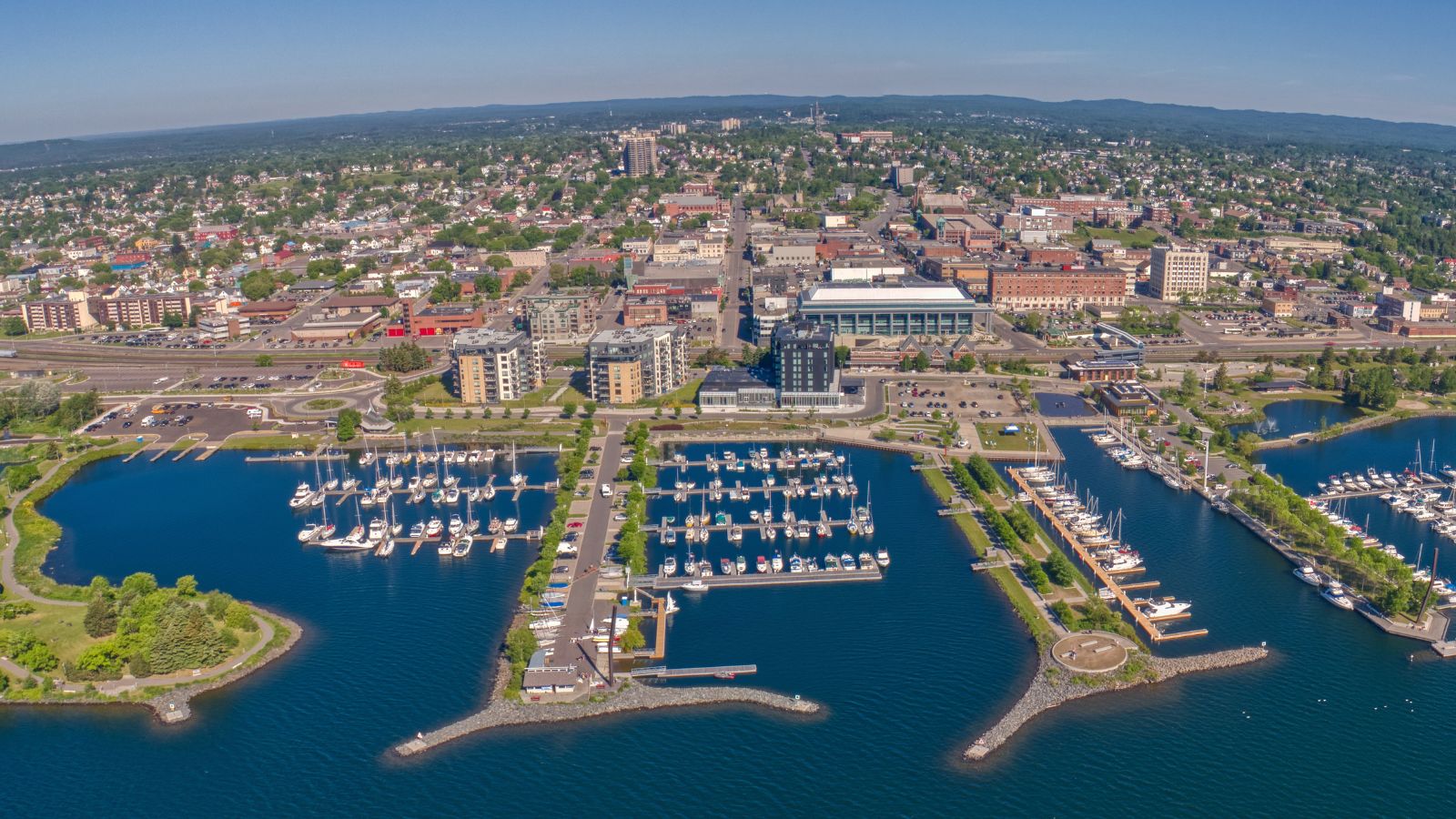
Thunder Bay is shifting its economy toward renewable energy and transportation. Investments in wind and solar projects, along with its role as a transportation hub, have helped create new job opportunities.
Brampton, Ontario
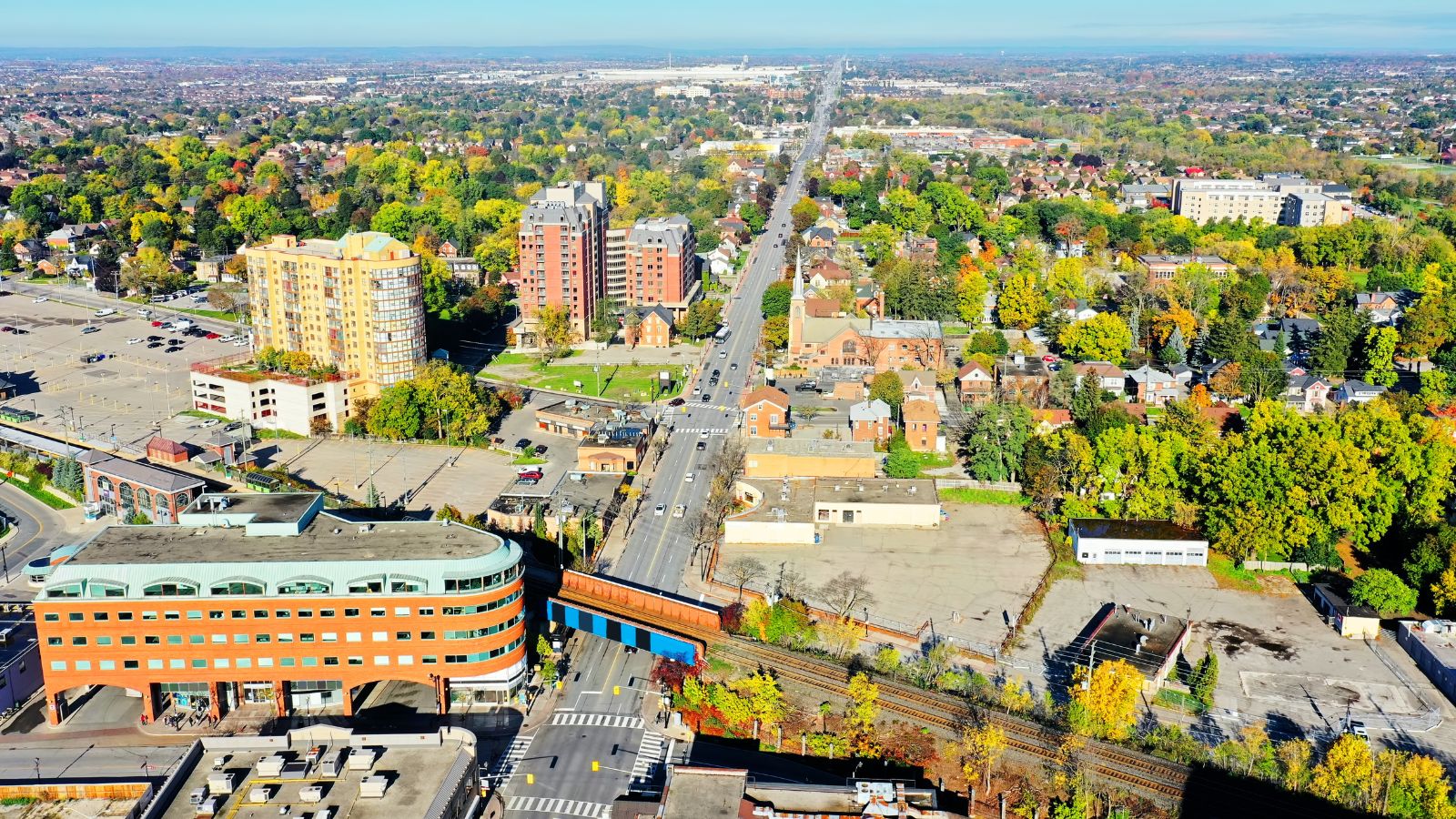
Brampton has built a strong manufacturing sector that continues to thrive despite tariff pressures. Its proximity to Toronto, diverse workforce, and excellent logistics infrastructure make it a key player in Canada’s economy.
Conclusion

Despite economic pressures from U.S. tariffs, these 21 Canadian cities are proving that resilience, innovation, and adaptability can lead to long-term success. Whether through strengthening global trade ties, investing in technology, or shifting towards sustainable industries, these cities are not just surviving—they’re thriving.
Canada’s ability to evolve in the face of challenges ensures that its cities remain competitive on the global stage, paving the way for continued prosperity in the years to come.
25 Countries Predicted to Become Economic Superpowers in the Next 20 Years

The strength of an economy plays a crucial role in various international policies about trade and relations. Certain factors determine the strength of an economy, including population growth, availability of resources, and development and advancement. Here are 25 countries predicted to become economic superpowers in the next 20 years
25 Countries Predicted to Become Economic Superpowers in the Next 20 Years
